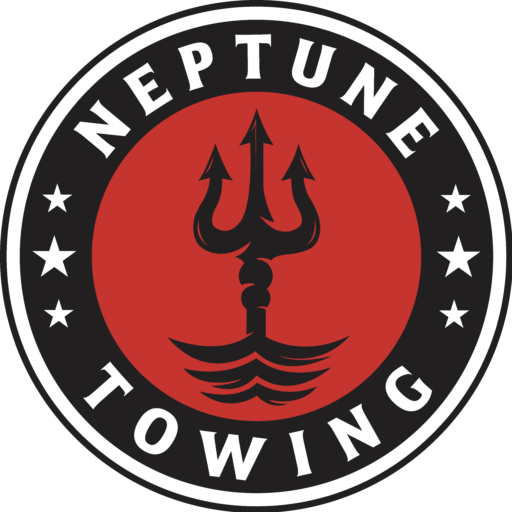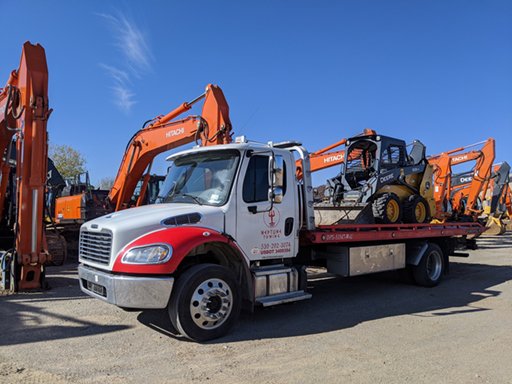Cities and Towns We Service in and Around Tulsa, OK
Neptune Towing Service proudly serves Tulsa and nearby towns, offering reliable, damage-free towing and 24/7 roadside assistance. Whether you’re facing a breakdown, lockout, or need a winch-out, we’re just a call away.
1. Tulsa, OK – Your Local Towing Experts
We’ve been serving the Tulsa community since 2019, making us the trusted towing partner for drivers in the area. Whether you’re stuck on I-44 or near downtown Tulsa, our fast-response team ensures that help arrives when you need it most.
Common Services in Tulsa:
Emergency towing
Heavy-duty truck jump starts
Vehicle lockout assistance
Winch-out services for vehicles stuck in mud or ditches
2. Jenks, OK – Reliable Towing Services
We provide fast, damage-free towing and roadside services in Jenks, OK. Whether you’re shopping at Riverwalk Crossing or heading down Main Street, our expert team responds quickly to emergencies with the right equipment.
Our Jenks Services Include:
Towing for cars, trucks, and SUVs
Winch-out services
Vehicle unlock assistance
Jump starts for dead batteries
3. Glenpool, OK – Dependable Towing Solutions
Neptune Towing Service extends its trusted services to Glenpool, offering quick-response towing and roadside assistance. From local streets to highways, we’re committed to providing fast, damage-free solutions.
Our Glenpool Services:
Towing for light and heavy vehicles
Electric vehicle towing
12-volt and 24-volt heavy-duty jump starts
Lockout services
4. Bixby, OK – Fast, Reliable Towing
For Bixby residents and commuters, Neptune Towing Service provides reliable solutions when you’re in need of a tow or roadside assistance. Whether you’re heading to work or enjoying outdoor activities, we’re ready to get you moving again.
Bixby Services:
Damage-free towing
Emergency roadside assistance
Heavy-duty towing for trucks
Lockout services
5. Broken Arrow, OK – Top-Rated Towing Services
Broken Arrow drivers trust Neptune Towing Service for professional, damage-free towing and roadside support. From the Rose District to busy highways, we’re available 24/7 to handle any situation.
Services Offered in Broken Arrow:
Vehicle towing
Winch-out and recovery services
Electric vehicle towing
Lockout and key retrieval services
We’re always ready to serve drivers across Tulsa and surrounding towns. Our coverage extends within a 25-mile radius, ensuring that no matter where you are, reliable help is on the way.
Call us at 539-292-3074 or visit neptunetowing.com to request a tow or roadside service today.


